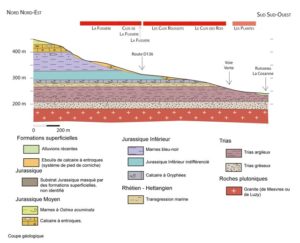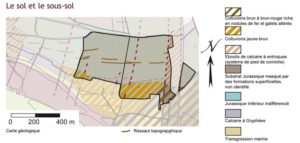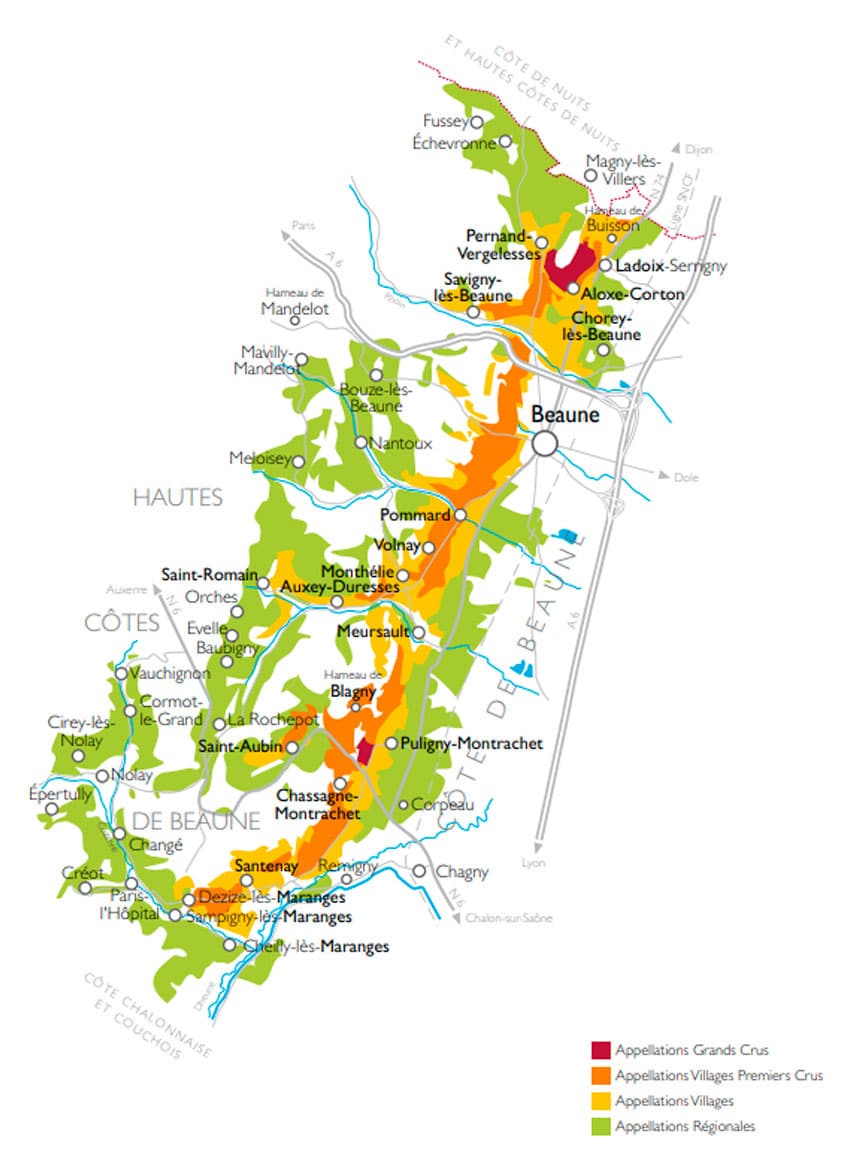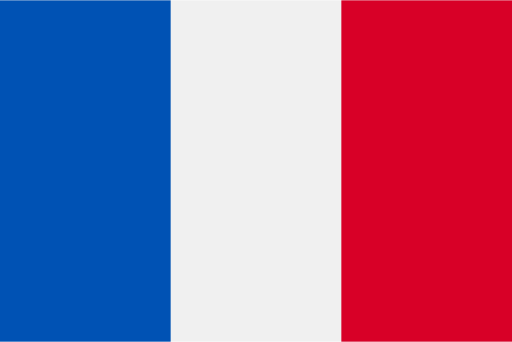Access reserved for producers
of Maranges wines
Les Clos Roussots
Surface area of the locality: 28 ha 11 a 85 ca
To the southeast of the Les Maranges premier cru hillside, the Les Clos Roussots locality extends from 258 to 313 metres in altitude (average 283 m). The slopes are very gentle (1%) to steep (10%) (average 5%). The Climat has South, Southeast exposure.
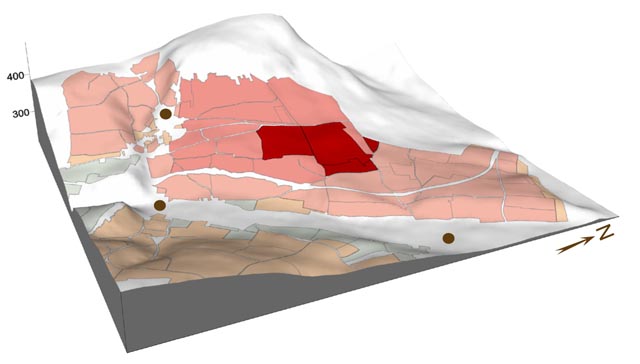
The soil and subsoil
Two main entities make up the subsoil of the Clos Roussots.
An undifferentiated Jurassic substratum (grey-black marl, possible giant gryphaea limestone, grey-blue marl) is covered with abundant scree and whole sections of the crinoidal limestone cliff that dominates the wine-producing hillside. The displaced chunks of cliff, of which the top occasionally comes to the surface in the vineyards, form numerous topographic projections along the slope of the locality. The grey-blue marl is exposed where the scree limestone covering is absent or weak.
The lower part of the locality rests on the gryphaea limestone.
The nature of the Jurassic substratum is poorly understood at the extreme east of the Clos Roussots.
On the limestone scree that conceals the Jurassic deposits, the soil is stony, draining, with highly variable thicknesses. To the south of the Clos Roussots, the soil is yellow-brown with stones and frequent chert. At the Southeast corner, there is brown silt that is rich in iron nodules and in very eroded pebbles that conceal the substratum.
The origin of the name
Three possible explanations can be envisaged, without any of the three appearing to be more plausible:
1) Roussot like its variant Rousseau is a man’s name (originally, a name given based on physical characteristics: red hair)
2) Roussot refers to the ochre brown colour of the soil (cf. Les Roussottes, old Climat from Dijon)
3) For the appellatives Rousse, Roussot, Roussottes, Rousseau, derived forms from the Latin ruptia “cleared place” cannot be ruled out
The wines
This premier cru is not to be confused with its Santenay neighbour, which carries the same name but not the same spelling. Its flexible approach through silky tannins on a fresh cherry note makes it very Burgundian and very Maranges. This is a good companion for spicy Asian cuisine.
